Rohingya: Stateless and 'friendless' in Myanmar
About 800,000 Rohingya live in Myanmar which has been swept by fierce sectarian violence in recent days.
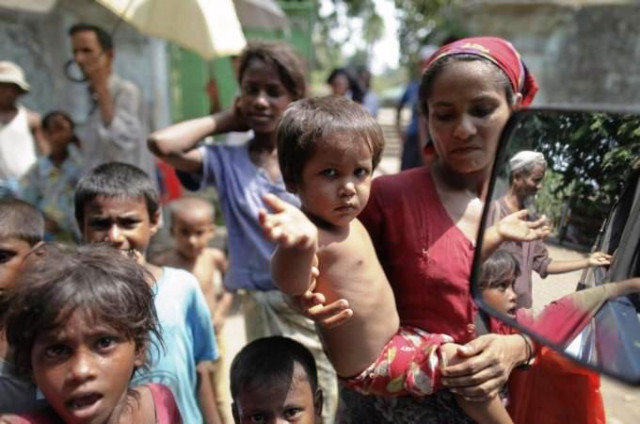
Rohingya: Stateless and 'friendless' in Myanmar
About 800,000 Rohingya live in Myanmar, according to the UN, mostly in western Rakhine state, which has been swept by fierce sectarian violence in recent days.
Speaking a Bengali dialect similar to one in southeast Bangladesh, the Sunni Muslim Rohingya have long been treated as "foreign" by the government and many Burmese, a situation activists say has fostered rifts with Rakhine's Buddhists.
Unwanted both by Myanmar and neighbouring Bangladesh - where there are an estimated 300,000 Rohingya - many live in abject poverty with few if any rights or means to support themselves.
Images of squalid camps and reports of perilous attempts to flee to other countries in rickety boats have drawn international attention to their plight in recent years, but their living conditions have scarcely improved.
Myanmar has a multitude of ethnic groups, many of whom have conducted sporadic armed rebellions since independence from Britain in 1948.
But the Rohingya are not officially recognised, partly because of a 1982 law stipulating that minorities must prove they lived in Myanmar prior to 1823 - before the first Anglo-Burmese war - to obtain nationality.
Representatives of the Rohingya say their people were in Myanmar long before then.
"As well as being stateless, Myanmar's Rohingyas are confronted with other forms of persecution, discrimination and exploitation," the United Nation's refugee agency (UNHCR) said in a report published in December.
Such measures included forced labour, restrictions on freedom of movement, lack of land rights, education and public services, it said.
"The Rohingya are virtually friendless amongst Myanmar's other ethnic, linguistic and religious communities," the UNHCR report said.
They are also subject to a rule, embedded in marriage licences, that they are only permitted to have two children, according to rights groups.
Two huge waves of refugees, of approximately 250,000 people each, flooded across the border into Bangladesh in 1978 and 1991-92. Large scale repatriations ensued, with the UN questioning the "voluntary" nature of the moves.
Bangladesh sees the Rohingya people as a major burden on its strained finances and the refugees are blamed for all sorts of crimes in the southeast of the country, ranging from petty theft to drug trafficking.
In recent years, Rohingya migrants have undertaken dangerous voyages by boat towards Malaysia or Thailand, whose navy has in the past been accused of towing them back out to sea.
Around one million Rohingya are now thought to live outside Myanmar, including communities in Pakistan and around 400,000 in Gulf states, according to the UNHCR.
In Rakhine state, they are concentrated mainly in three districts - Maungdaw, Buthidaung and Rathedaung - and many view them with hostility as illegal immigrants from Bangladesh, referring to them as "Bengali".
That animosity extends outside the state and even includes key figures in Myanmar's democratic movement, long supported by the West.
"We want to say clearly that Rohingya are not one of the Myanmar ethnic nationalities," Ko Ko Gyi, a prominent former political prisoner and student activist, told AFP on Saturday.





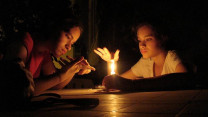
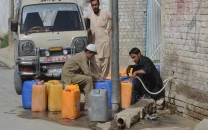
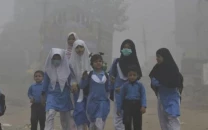




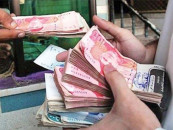






COMMENTS
Comments are moderated and generally will be posted if they are on-topic and not abusive.
For more information, please see our Comments FAQ